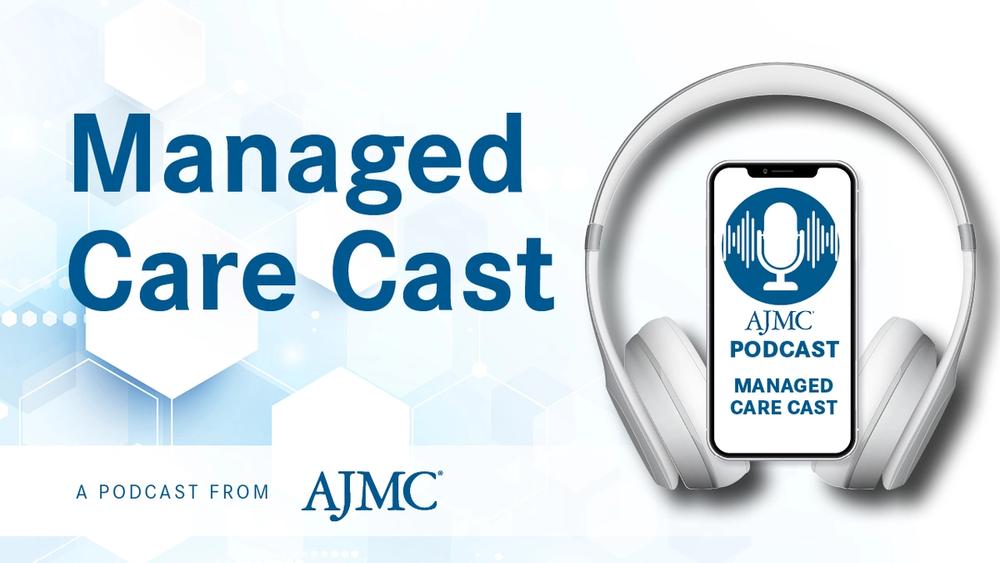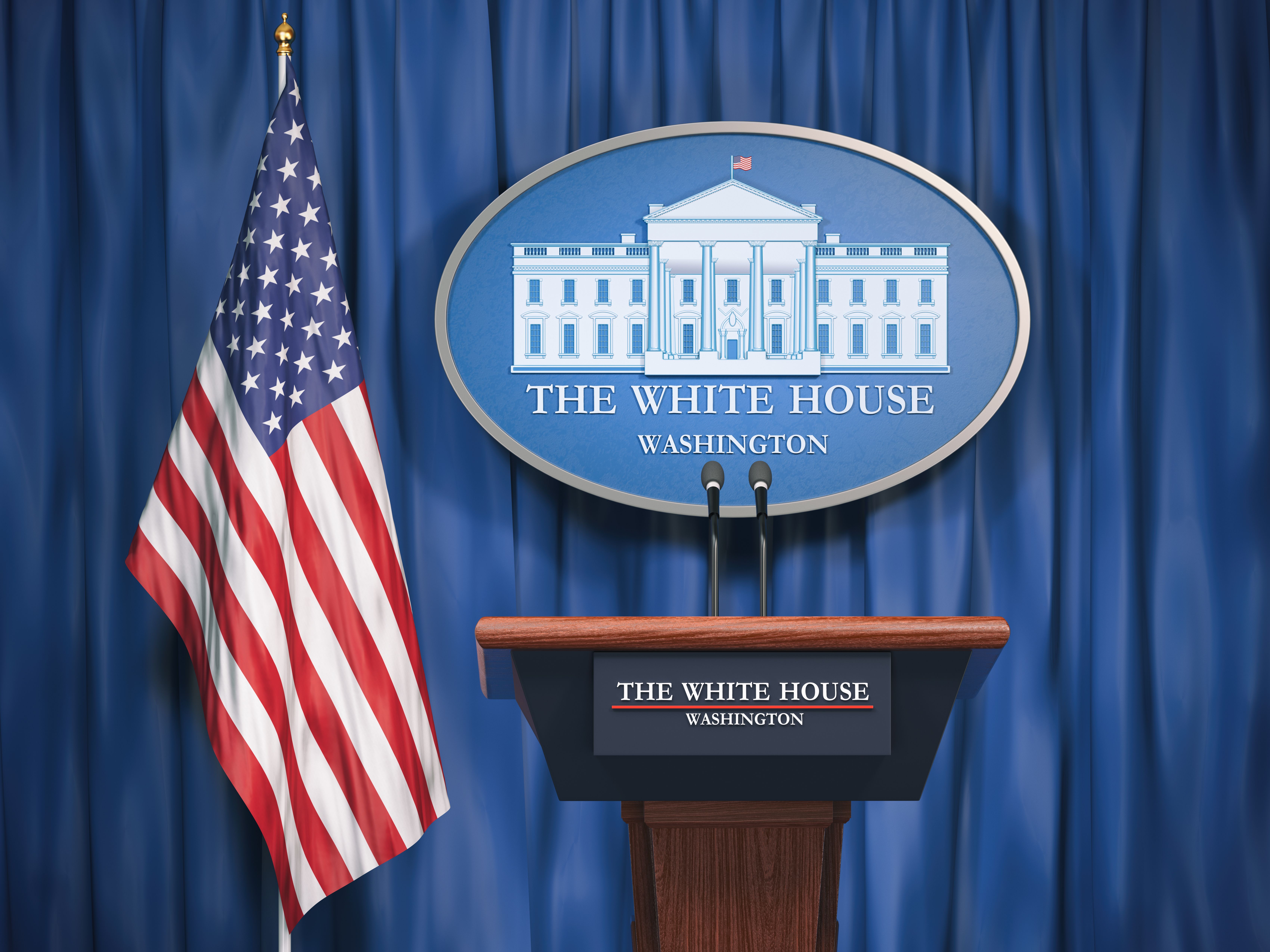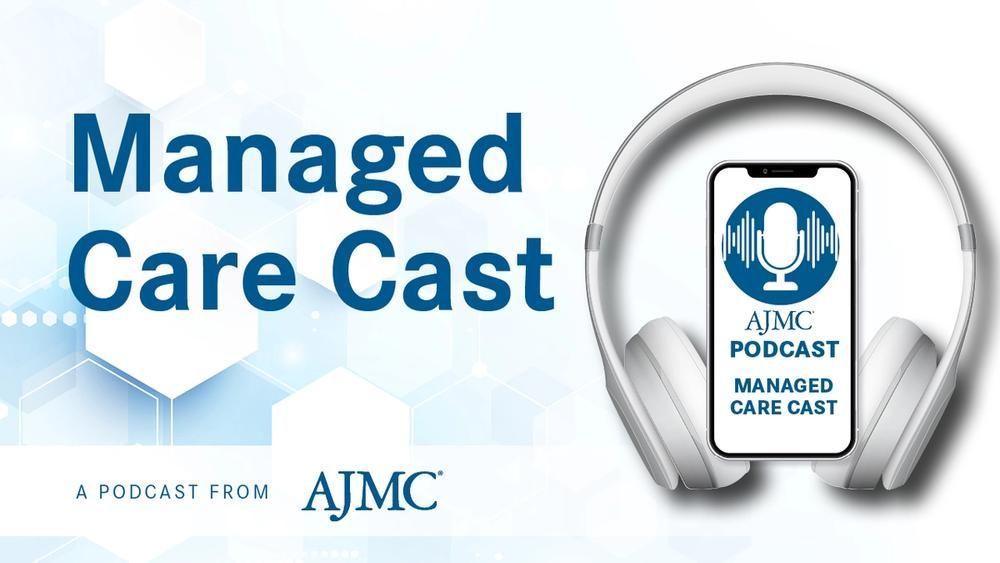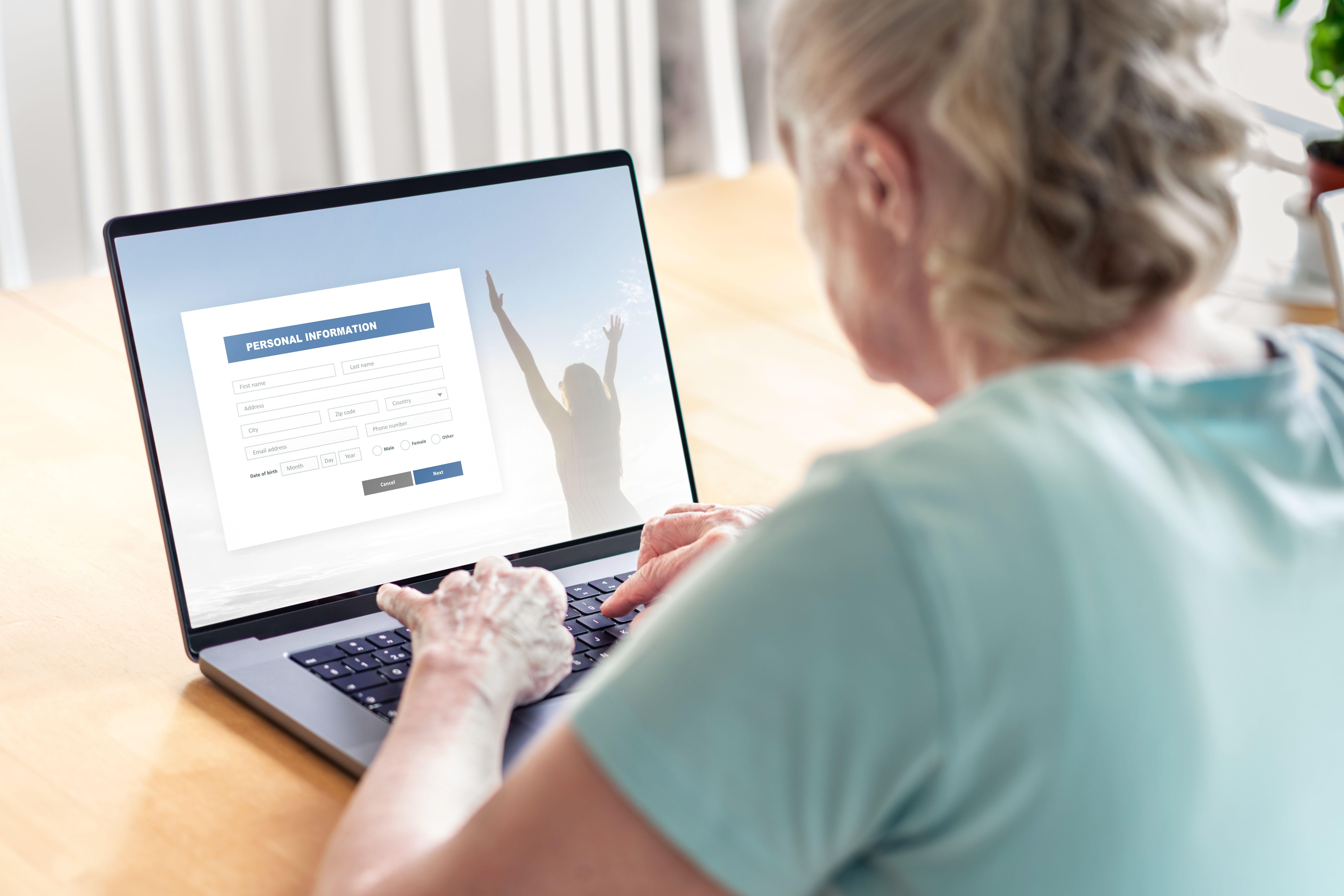Commentary
Video
Optimizing Approaches to CAR T, Bispecific Therapies in Myeloma and Lymphoma
Author(s):
Therapy timing, patient factors, and emerging combination interventions are guiding treatment decisions in multiple myeloma and lymphoma.
Various factors play a role in whether or not a patient is better suited for a chimeric antigen receptor (CAR) T-cell or bispecific monotherapy vs combination therapy, explains Sabarish Ayyappan, MD, City of Hope Cancer Center, Atlanta. As these advancements have continued shaping treatments for these patient populations, Ayyappan discusses the certain considerations that influence his decisions to administer either therapy and how this could vary for different hematologic malignancies, such as multiple myeloma or lymphoma.
This transcript has been lightly edited for clarity; captions were auto-generated.
Transcript
What considerations are necessary to determine if a patient would benefit more from bispecifics/CAR T-cell monotherapy vs a dual therapy? Are there unique considerations for patients with multiple myeloma vs other hematologic malignancies?
So I would try to break it down into multiple parts in this question. When you think about currently, most of the CAR T therapy—and let me just maybe first focus on myeloma, then come to lymphoma—in myeloma, you have 2 CAR T therapies that are approved for treatment. One of them is approved in the second line, after you have progressed through an IMiD [immunomodulatory drug] and a proteasome inhibitor. The second CAR T cell therapy is approved in the third line. The bispecific antibodies at this point in time are all approved after you failed 3 lines of therapy, at the fourth line of therapy.
So at this point of time, when you look at it itself, it's different lines of therapy. If a patient were to progress, they could look at any of these options and what sort of therapy they have received in the past. At this time in myeloma, you do have some studies that have shown some data there's really good efficacy when we combine 2 bispecific antibodies—the teclistamab and talquetamab in combination—and the toxicity was tolerable. But there is still toxicity seen in these patients. I would think about a combination of a bispecific antibody therapy in patients who have really high-risk disease or some sort of an extramedullary plasmacytoma. They would benefit from a combination therapy.
We are mostly trying to sequence therapy with 1 bispecific antibody that's targeting a specific target vs another bispecific antibody targeting another target, so that you could get long mileage with these patients, that they could get multiple different treatments during their lifetime. Also, the question then also comes of sequencing: is CAR T better first or bispecific antibody better first? At least at this point of time, there is some good data that when you are offering a patient CAR T cell therapy in the earlier lines of therapy, when their T cells are not exhausted and they're not being beaten up with a lot of different treatments, they tend to do better in terms of both efficacy and also the durability of the response.
So with that in mind, I always look at if I can offer CAR T cell therapy earlier line, it's a better option. But sometimes, because of various reasons, either the patient doesn't have good caregiver support, or they're unable to come back and forth in a specialized center, and I have to go for an off-the-shelf option, then I do opt for a bispecific antibody therapy.
Now, coming to lymphomas, like I said, it's a very complex question. The CAR T cell therapy in an aggressive lymphoma is approved at the first relapse—in particular relapse within the first 12 months of completing a treatment or your refractory to your initial chemotherapy. Those patients I definitely look at see if they could be a good candidate for CAR T-cell therapy. But if they are an older patient, and I think they are not a candidate for CAR T-cell therapy because of their comorbidities or other issues, then I do try to see if a bispecific antibody could be incorporated in my treatment paradigm.
Currently, bispecific antibodies in lymphoma are approved only after, again, you fail 2 lines of therapy. So we tend to use some other chemotherapy or pill form of therapy, like [lenalidomide] or other things to bridge to a bispecific antibody. But again, as I discussed earlier with the myeloma patients, I try to incorporate CAR T-cell [therapy] earlier in my treatment paradigm, if possible, knowing very well that your T cells are more fit; and when you're actually looking for this thing you get the best of the T cells that could be re-engineered, and actually get the best of the response and most durability of the response for these patients.
Now, in terms of lymphoma, we do now have lot of studies looking at sequencing, and particularly now there are studies that are ongoing where bispecific antibody has been incorporated with the frontline therapy for diffuse large B-cell lymphoma or with follicular lymphoma. And the early results are very promising in terms of efficacy. But we do you need some long-term follow-up for these patients to see if this would actually supplant the current options that you have with just chemoimmunotherapy. If that comes into play, then the question again will be, “when bispecific is offered frontline, then would these patients respond to CAR T-cell therapy?” That is the beauty of science, that we learn to answer these questions and then get more things that could help the patients get better responses.





